The list of thermal compounds + test procedures
Thermal pastes can significantly affect the cooling performance, so we have compared several models that represent the current offer. Is the legendary Arctic MX-2 still a good choice? Or is it more reasonable to try newer Cooler Master and Cryorig? There is also a copper Coollaboratory to consider. Well, we have prepared some recommendations, but few warnings too because there are several products that you should rather avoid.
The list of thermal compounds + test procedures
For a better orientation, we sorted the list alphabetically so you can find pastes in this order in pictures, in the table of specifications, and also on the desk with samples. The table lacks some information because none of the manufacturers has published all of them.
| Manufacturer and model | Manufacturer | Specified parameters from the manufacturers’ site | Udávané parametre z webu výrobcov | Udávané parametre z webu výrobcov | Udávané parametre z webu výrobcov | Price | |
| and model | and model | Thermal conductivity | Viscosity | Density | Operating temperatures | Quantity | Average price |
| Manufacturer | Manufacturer | Thermal conductivity | Viscosity | Density | Operating temperatures | Quantity | Average price |
| Alphacool Silver Grease | Alphacool Silver Grease | 1.7 W/mK | 30 Pa·s | N/A | N/A | 30 g | 12,50 eur |
| Alphacool XPX-1 | Alphacool XPX-1 | 5.6 W/mK | 87 Pa·s | 2.5 g/cm³ | N/A | 4 g | 7,50 eur |
| Arctic MX-2 | Arctic MX-2 | 5.6 W/mK | 85 Pa·s | 3.96 g/cm³ | N/A | 4 g | 3,50 eur |
| Arctic MX-4 | Arctic MX-4 | 8.5 W/mK | 85 Pa·s | 2.5 g/cm³ | N/A | 4 g | 5,50 eur |
| Arctic Silver 5 | Arctic Silver 5 | N/A | N/A | N/A | -50–130 °C | 3.5 g | 11 eur |
| BeQuiet! DC1 | BeQuiet! DC1 | >7,5 W/mK | N/A | N/A | -50–130 °C | 3 g | 5 eur |
| Coollaboratory Liquid Copper | Coollaboratory Liquid Copper | N/A | N/A | 1.3 g/cm³ | N/A | 1 ml | 8,50 eur |
| Cooler Master MasterGel | Cooler Master MasterGel | 5 W/mK | N/A | 2.4 g/cm³ | N/A | 3.6 g | 6 eur |
| Cooler Master MasterGel Pro | Cooler Master MasterGel Pro | 8 W/mK | N/A | 2.6 g/cm³ | N/A | 4 g | 9,50 eur |
| Cooler Master MasterGel Maker | Cooler Master MasterGel Maker | 11 W/mK | N/A | 2.6 g/cm³ | -50–150 °C | 4 g | 7,50 eur |
| Cryorig CP15 | Cryorig CP15 | 5.7 W/mK | N/A | N/A | N/A | 4 g | 5,50 eur |
| Cryorig CP5 | Cryorig CP5 | 9.3 W/mK | N/A | N/A | N/A | 4 g | 8,50 eur |
| Cryorig CP7 | Cryorig C7 | 8.3 W/mK | N/A | N/A | N/A | 4 g | 8 eur |
Every compound, except for Coollaboratory Liquid Copper, is electrically non-conductive. Additional info about viscosity can be found in the picture which shows a little drop of every paste. You can expect higher viscosity with Alphacool Silver Grease, Cooler Master MasterGel, MasterGel Pro, and every model from Cryorig.

The following pictures illustrate how the samples behave after extrusion by two transparent plates. Air gaps are the most extensive in the structure of Liquid Copper. This paste has difficulties with integrity under pressure. Alphacool XPX-1, Arctic MX-4, and CM Master GelMaker are the easiest to spread. All of these are glossy compounds. Creating a perfectly smooth layer with Alphacool Silver Grease and CM MasterHel Pro is a bigger challenge because of their grainy composition. Cryorig CP5 and CP7, both matte, required more work because they tend to tear. Among matte compounds, the easiest to spread is BeQuiet! DC1.
The heating element was overclocked Intel Core i7-5930K@4.4 GHz (on Gigabyte X99 UD4) with increased Vcore to 1.25 V. We simulated the burn in InterBurnTest (7500 MB). The waste heat was around 225 W. After the initial burn in, the tests took 300 seconds. We used high-flow industrial fans Noctua iPPC NF-F12 2000 and Scythe Fuma cooler, so five minutes should be more than enough for temperatures to stabilize. Temperatures can decrease a bit after several hours, which was the case of Arctic Silver 5, but it is a rare situation because most of compounds do not require a long-term burn in to provide the best results.
We used a smooth layer of 0.1 ml of paste for every application. We repeated every test twice (new installation included) to make sure that measured values match. The intake air temperature was 21 – 21.3 °C, ensured in our air-conditioned lab.





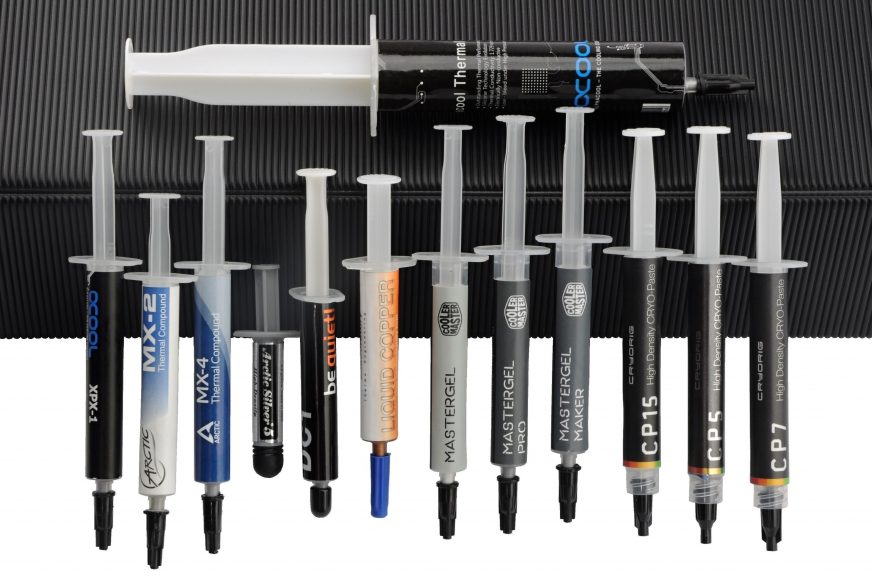
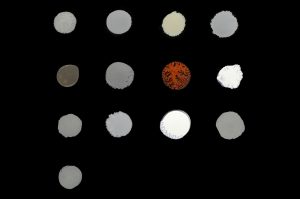

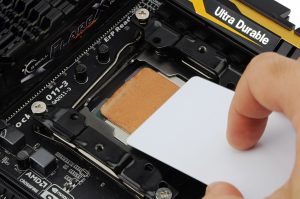
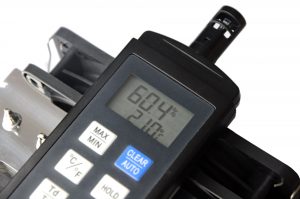
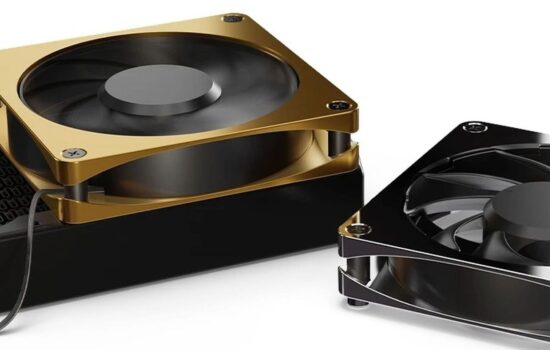
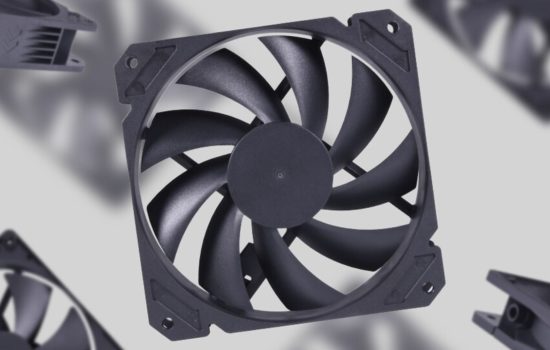
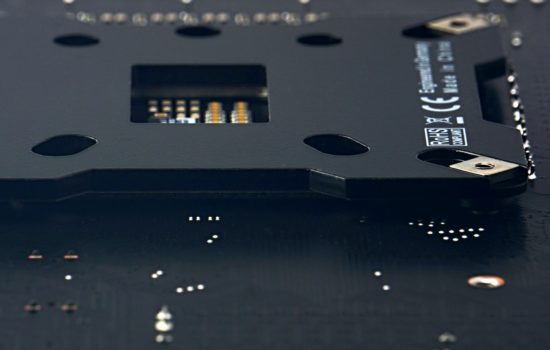



I am using Cooler Master MasterGel Pro and its working pretty good for me. Thanks for this all depth test for different thermal paste.
Left out some of the top 1s in the industry being:
Phobya Liquid Metal
Coollaboratory LiquidUltra
Coollaboratory LiquidPro
Thermal Grizzly Kronaut
Gelid Solutions GC-Extreme
Prolimatech PK-3
Hello, the Kryonaut and GC-Extreme are in the second part: https://www.hwcooling.net/en/the-test-of-27-thermal-compounds-part-2-en/ …and Liquid Ultra (with Conductonaut) in additional test: https://www.hwcooling.net/en/coollaboratory-liquid-ultra-vs-thermal-grizzly-conductonaut/
You’ve reversed the Thermal conductivity for Cryorig CP7 & CP5:
Specification
CP5
Color Gray
Volume 4g
Thermal Conductivity 9.3
Thermal Impedance 0.007
CP7
Color Gray
Volume 4g
Thermal Conductivity 8.3
Thermal Impedance 0.011
Would like to see how Thermalright TF8 Thermal Compound Paste 13.8 W/mK & Kingpin cooling
KPx High Performance Thermal Compound compare as well.
Thanks! Fixed. 🙂